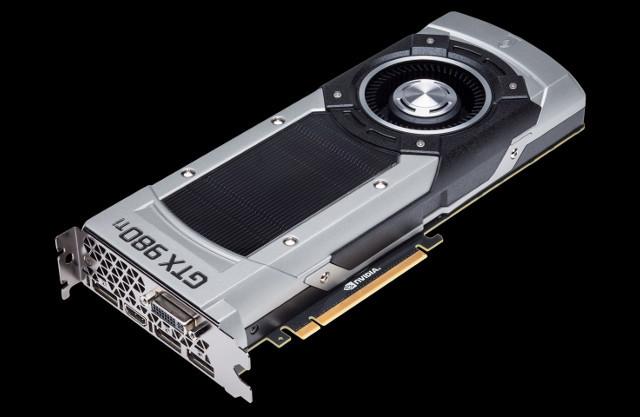
It turns out the rumored specs we saw floating around recently were in fact accurate, as the 980 Ti looks a bit more like a scaled-back Titan X than an upgraded 980. It’s powered by 2,816 Nvidia CUDA cores, just shy of the Titan X’s 3072, and a big step up from the 2048 in the 980.
It also boasts six gigabytes of GDDR5 VRAM, which should be more than enough for 4K gaming, as well as VR activities, if the Oculus minimum specs are a good benchmark for that space. While that’s only half the VRAM found in the Titan X, it’s still a noticeable jump from the four gigabytes found in the standard 980.
For features, the GTX 980 Ti packs Dynamic Super Resolution support, so even if you only have a 1080p monitor you can take advantage of 4K power. You can also use Nvidia Game Stream and SHIELD technology on the 980 Ti.
While the Nvidia GeForce GTX 980 Ti carries an MSRP of $649 for the reference model, it may take a little bit of time for consumer cards to hit the market. For only about $100 more than the standard 980 you get an extra two gigabytes of memory, plus a huge boost in cores and performance. It drops the overall clock speed on the reference model closer to the Titan X’s 1000 MHz, but that shouldn’t make as much of a difference with more cores and RAM.



